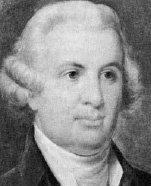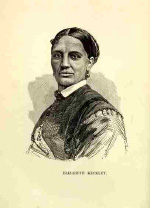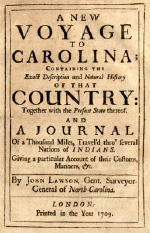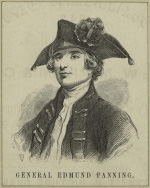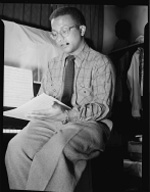Discover more about the history of Hillsborough
The Town of Hillsborough was established in 1754, two years after the formation of Orange County, where the Great Indian Trading Path crossed the Eno River.
For many years Hillsborough was a leading town in its region of North Carolina and many significant historical events occurred here. There remain more than 100 late eighteenth and nineteenth century structures that illustrate this history. In addition, there are numerous secondary buildings, bridges, millsites and dams along the Eno, and Native American relics from the locations of ancient towns stretching back thousands of years.
William Churton first laid out the town of Hillsborough, then called Orange, on 400 acres granted by the Honorable John Earl Granville. He provided for spacious public squares at each intersection of main streets. In 1766, however, this plan was abandoned, and in spite of the hilly situation of the town, the familiar checkerboard-and-cross street plan was employed by surveyor and town founder William Churton. Hillsborough took its present name in 1766 after the Irish peer, William Hill, Earl of Hillsborough, Secretary of State for the Colonies from 1768 to 1772 under George III. The street names - Tryon, Wake, King, Queen, Churton - still recall this early history.
Hillsborough was a center of political activity during the colonial and Revolutionary period. Several royal and elected governors lived here, as did a signer of the Declaration of Independence, William Hooper, whose house still stands. The War of the Regulation (1766-1771) ended here. The town hosted the third Provincial Congress (1775); the state's Constitutional Convention of 1788, which demanded that a Bill of Rights be added to the U.S. Constitution; and five General Assemblies (1778, 1780, 1782-1784). Hillsborough was the base of operations for the Continental Army led by Revolutionary General Horatio Gates. Later, General Cornwallis raised the Royal Standard here during his stay in February 1781. Hillsborough remained a political and cultural center in the nineteenth century. It was from temporary headquarters near town that General Joseph E. Johnston rode out to surrender the largest of the Confederate armies to General Sherman in 1865. The farmhouse where this took place has since been moved into downtown Hillsborough and serves as the Orange County Visitor Center.
Today, Hillsborough is STILL MAKING HISTORY by building fabulous parks and greenways such as Riverwalk, being the location for great annual events such as Hog Day, Handmade Parade, and Tarwheels & Hillsborough Half Marathon road races, and for being home to world class, award winning chefs, brewers, artists, musicians, and writers.
